Sure! Here's the rewritten and improved content:
---
Hey there! I recently promised you a tutorial on a slightly adapted version of the Rush Hour Dress that I made for myself. Just a reminder that the Rush Hour is now available in our updated extended size range too! If you missed that post, you can check it out and see more photos [here](#).
Are you interested in giving this center-pleated version a try? The center pleats are super flattering, and they're surprisingly easy to add. I'll walk you through the steps.
First things first, start by merging and tracing the center front bodice and skirt panels. Flip them so you end up with one large piece instead of a cut-on-fold piece. To connect the bodice front and skirt front, align the seam lines at the side waist. Having a single full pattern piece will allow you to add pleats—or even gathers if you prefer.
Please note that these photos were taken in the evening while I was working on the dress, so they're not professionally lit. But I think they're clear enough for you to follow along, right?
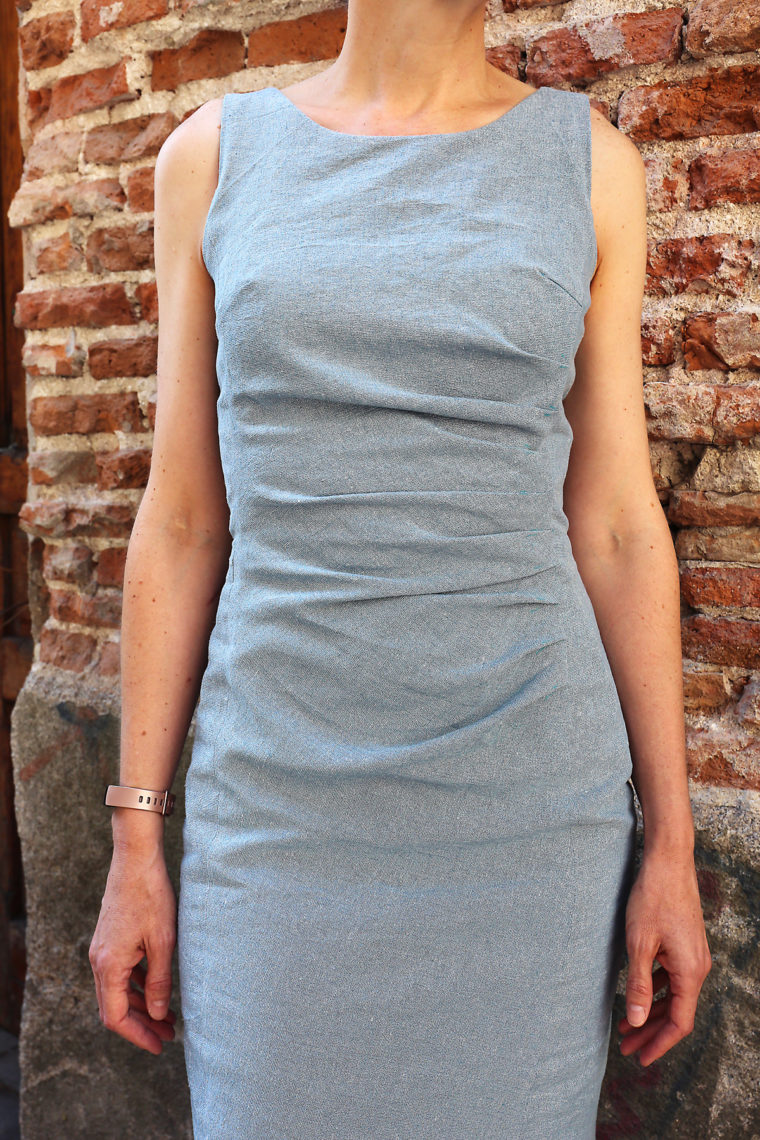
Next up, decide where you want to incorporate your pleats or gathers. In my case, I wanted them to begin just below my bust and end at my high hip. On the opposite edge of the front panel, I planned for the pleats to finish just above my bust and at my low hip. I drew lines to mark the top and bottom edges of these areas. Keep in mind that it’s ideal to avoid messing too much with the bust darts, so try to position your pleats or gathers away from the darts to keep things straightforward.

Now comes the creative part! Decide how many pleats you'd like and space them evenly across your front panel. I went with nine pleats, though I can't say why—there wasn’t any special reasoning behind it. (The original dress has eight pleats, so feel free to experiment!) I hate doing the tricky math for this, so I typically fold a strip of paper until I’m happy with the result. You could also use a buttonhole spacer tool if you have one. Each pleat gets its own line.
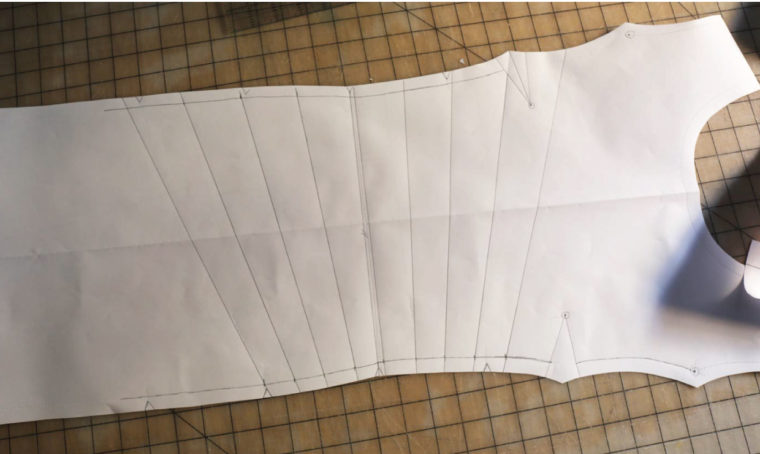
Time for the fun part! Carefully cut along your lines, leaving a paper hinge at the opposite seam line. (If you own our Building Block Dress book, you might recognize this technique.) Spread the cut pattern to form each pleat, keeping in mind that the gap will eventually be folded in half during sewing. I aimed for evenly sized pleats and wanted the lower part of the skirt to end up nearly perpendicular to the bodice, just like the original dress. The fabric’s stripes made it easy to ensure the grain was correct.
While adjusting the pleats, remember that the gap will fold in half when sewn, so don’t spread them too far apart that they overlap or too close together that they become unnoticeable. Once you're satisfied with the pleats, secure them by taping them down onto another sheet of paper.
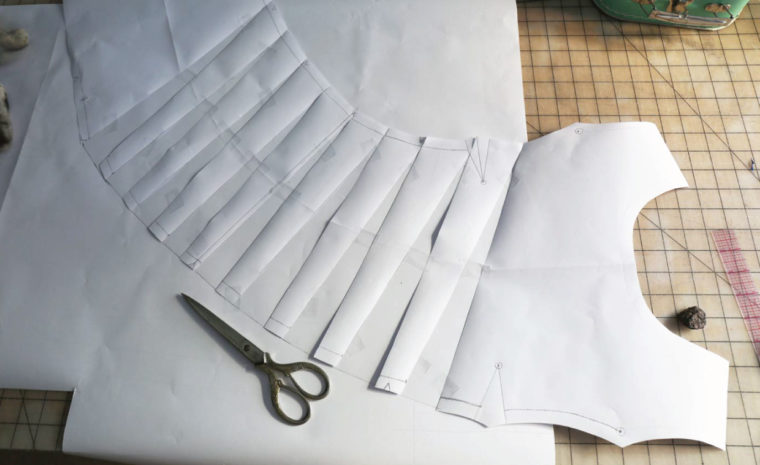
Next, if you're doing this methodically, you should fold each paper pleat in the direction it will take when sewn. Notice how the original dress—and mine—has pleats that change direction at the waist. After folding the pleats correctly, trim the excess paper beyond the cutting edge of the pattern piece. I skipped this step (because I was in a rush), but I highly recommend doing it since it helps ensure accurate folds when working with fabric. If you plan to gather or ruche your fabric, you can just smooth out the outer cut edge, like I did.
Here’s my completed pattern piece. Had I folded and trimmed it properly, it would have looked like little dart points at the bottom right corner of the image below.
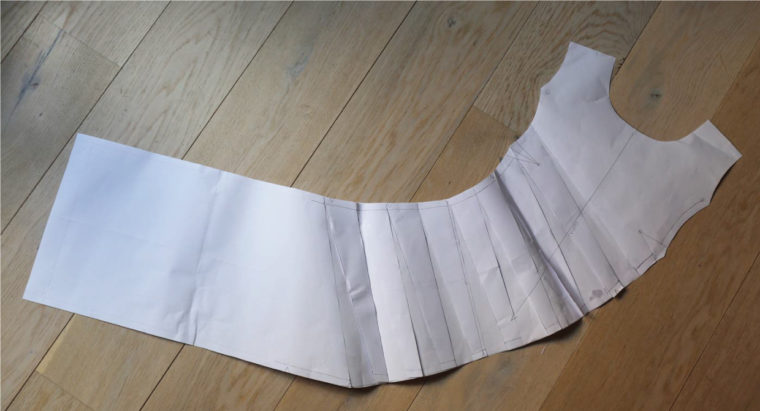
Isn’t it an interesting shape?
When I cut the fabric, I aligned the pattern piece with the original grain line at the upper bodice, resulting in the skirt being slightly off-grain. This works fine in this case. It would also be fun to adjust the pattern cuts so the skirt hem lands precisely on the cross grain, 90 degrees from the original grain line, making hemming easier. If you want your hem to land on the cross grain, your pleats would need to be slightly larger than mine, though mine aren’t excessively wide. I followed the original dress photo, which also ended up slightly off-grain.
To sew this modification, finish the darts before creating the pleats. After folding the pleats into place, baste them into the seam allowances and continue with the rest of the dress as usual—nothing complicated. Easy, right?
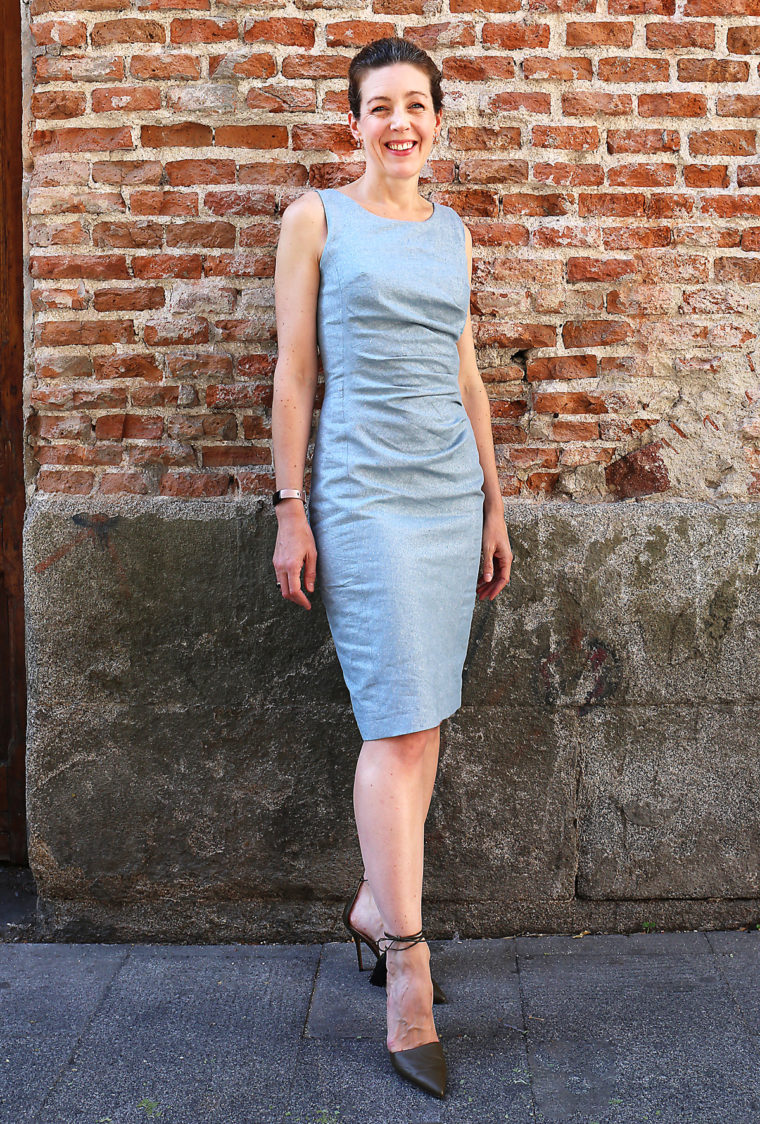
I hope you give this a try and share how it turns out! Don’t forget to tag us on Instagram using #lieslandco and #rushhourdressblouse if you make this. I’d love to see how it goes!
(Insert related posts section here)
---
Let me know if you'd like further adjustments or additions!
Fancy Yarn,Polyester Tape Yarn,Blend Yarn,Twisted Polyester Yarn
ZHANGJIAGANG WELLHOW TRADING CO., LTD. , https://www.wellhowyarn.com